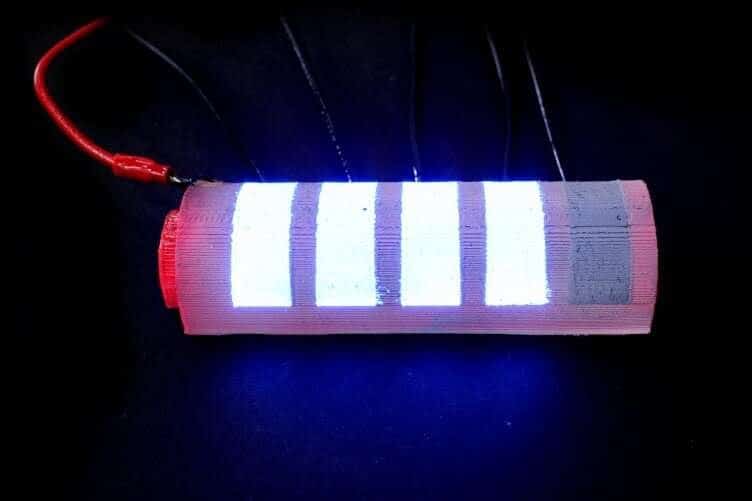A new technique allows the creation of touch screens through nebulization.
A Bristol team has challenged the idea that touchscreens can only be rectangular and 2D by developing interactive displays that can be sprayed directly onto surfaces. The name of the technique is ProtoSpray.
Electronic painting
Inspired by the way an artist creates graffiti on a wall and using a new combination of electronic spray and 3D printing, the technique allows the creation of displays on surfaces that go beyond the usual shapes.

“We have freed displays from their 2D rectangular shells by developing a process that allows the creation of interactive objects of any shape. Objects with conductive plastic and electroluminescence obtained with a very accessible process."
Ollie Hanton, PhD student and lead author of the research, describes ProtoSpray with understandable pride: his paper received an honorable mention at the ACM Conference on Human Factors in Computing Systems.
The aim of the research was to find ideas and solutions to broaden the scope of interaction between people and digital technologies.
Each object will be a screen
The ProtoSpray process, developed in collaboration with the MIT Multimedia Laboratory, opens up the opportunity for makers, hobbyists and researchers to develop interactive objects of any shape.
"The printers 3D they have enabled the personal manufacturing of objects, but our work goes even further. We can print an object in conductive plastic and turn it into an interactive object. An object that can light up, transmit images and information, react to touch like an interface.”
Dr. Anne Roudaut, associate professor of human-computer interaction at the University of Bristol, who oversaw the research, said the next step will be to create a machine that can automatically 3D print and spray onto 3D printed objects. A touch object printer.


